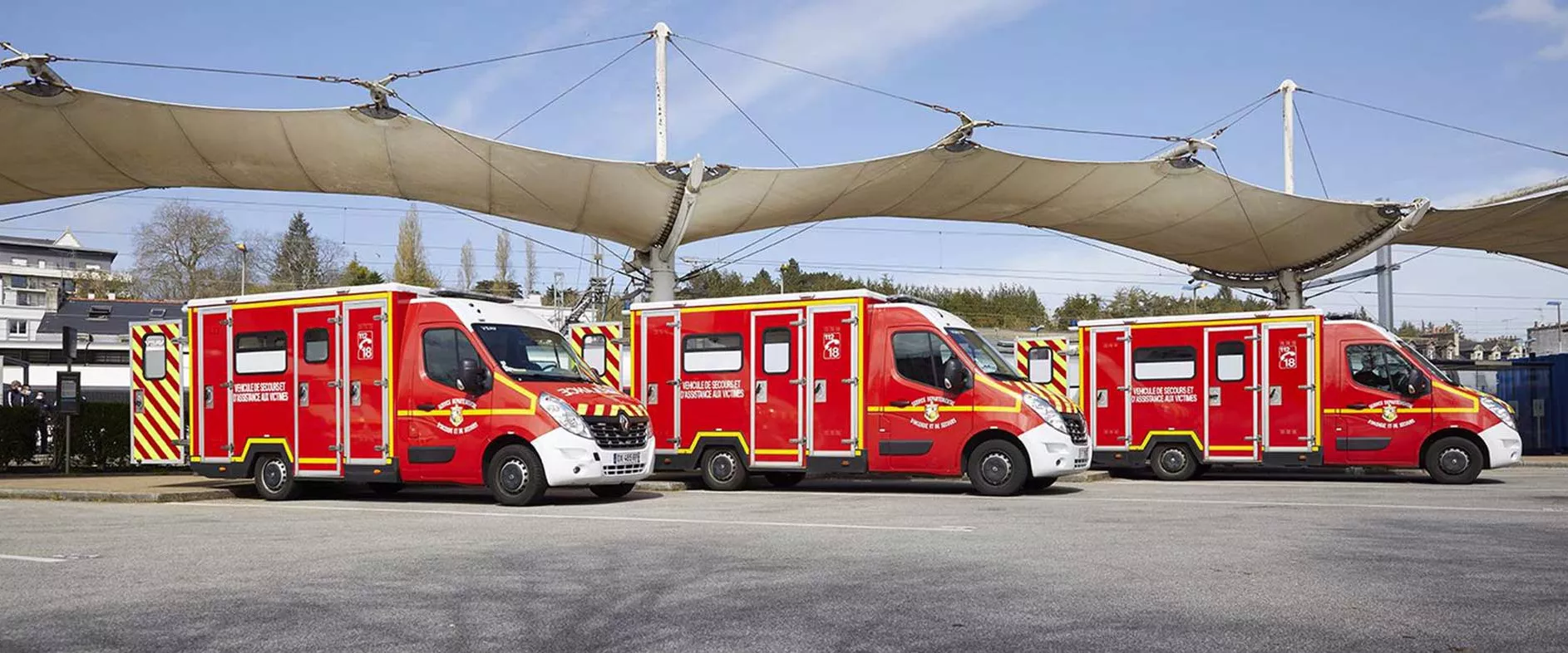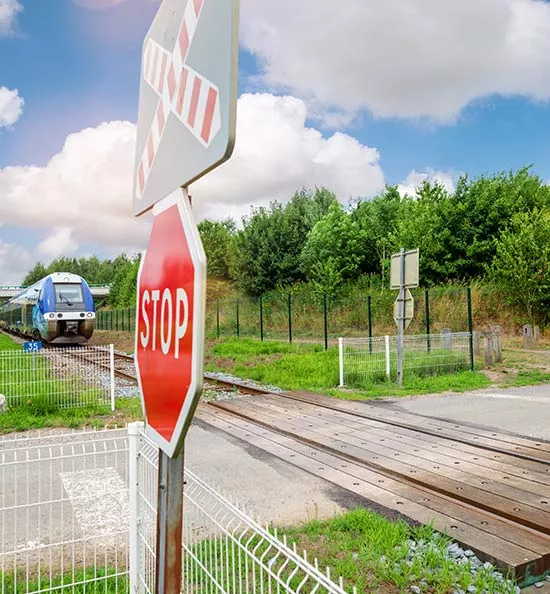
Accidents involving people
From calling the police to managing traffic, find out how we respond to accidents—and what we’re doing to prevent them.
How specialized crews respond
Any accident involving a person triggers an immediate response from SNCF. Our procedure requires:
- suspending traffic in both directions
- calling in firefighters, police or gendarmes
- notifying a police investigator, who comes to the site
If the person is injured, they are evacuated by firefighters. The police officer investigates the accident, takes witness statements, and conducts preliminary findings.
If the victim is dead, we contact a funeral home. As a safety precaution, traffic remains suspended while the various players do their jobs. On high-speed lines, the process takes an average of 3 hours. On conventional lines, the average is 2 hours.
The driver of the affected train is relieved from duty and offered psychological support.

On average,
2h30
is the time traffic is interrupted while we deal with an accident involving a person

Toll-free
number
0 800 120 821 is the number to call whether you’re a victim, a relative or a witness.

Each year, we organize
450
risk prevention sessions with students in primary, middle and high school
Impact on rail traffic
While crews are working at the scene of the accident, it’s our job to manage rail traffic.
Once all specialists have completed their work at the scene, the police investigator can give us a green light to bring traffic back to normal:
- first on the opposite track, if it can handle traffic
- then on the track where the accident took place
- on both tracks right away, if conditions are right.
Who’s who in traffic control
Controllers at the Traffic Management Operations Centre (COGC) handle traffic after an accident involving a person. They stay in touch with staff at traffic control units, provide them with information, and get traffic back to normal after disruptions.
Prevention: making railway users aware of hazards

Speaking in classrooms
Every year, 450 SNCF employees speak to students in primary, middle and secondary schools, teaching basic safety guidelines through discussion, videos and interactive Q&A.

Making station areas safe
Wire fencing and other barriers limit access to level crossings and prevent accidents at stations near schools and in dense urban areas. We’re also experimenting with natural barriers such as thorn bushes.
Accident timeline: managing a complex situation
Share the article